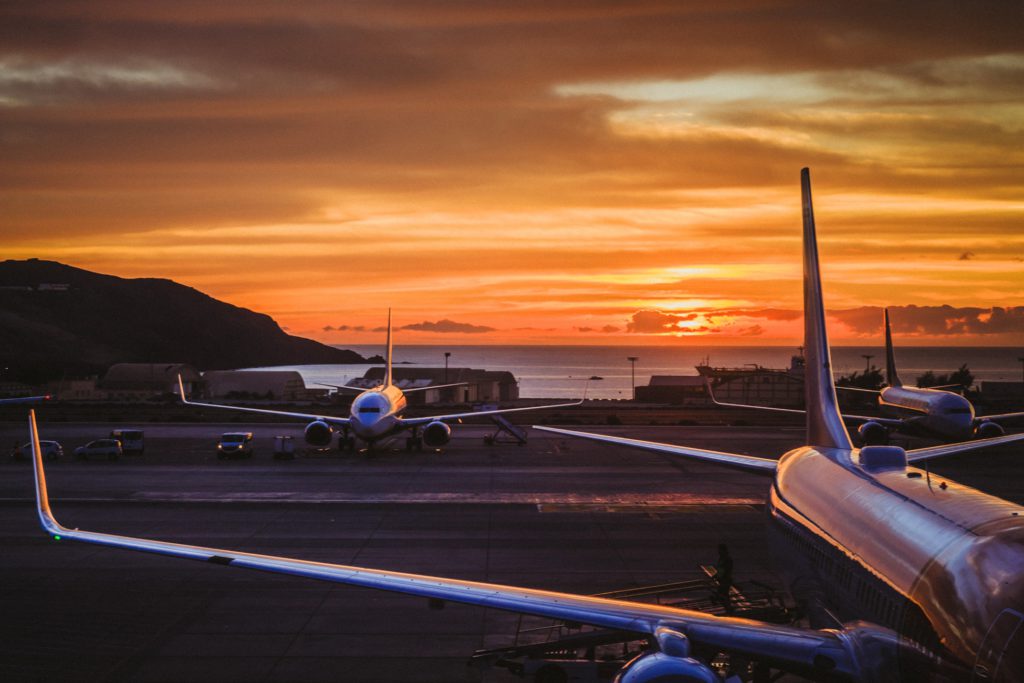
Low-cost airlines entering long-haul segments – issues and opportunities
Lately, Primera Air has announced starting flights from Brussels to USA East coast (Washington, New York and Boston). After having invaded (with success) the intra-continental market, the low-cost business model is trying to expand in the inter-continental market. Will they be able to break these boundaries?
Ryanair and EasyJet in Europe, JetBlue and Southwest in the US, AirAsia and Scoot in Asia, JetStar and Tiger in Australia. These are, among others, successful low-cost companies inside their continent. Their development is slightly coming to a ceiling, as a substantial part of the remaining intra-continental traffic are (de)feeders for traditional airlines. A big part of the market is still (almost) unserved by low-cost carriers: inter-continental routes (or “Long-haul routes” – LHL). Some airlines are already present: Norwegian, AirAsia X, Primera Air, … However, they remain marginals and are still loss-making (Norwegian lost 118 million € in 2017[1]). So what factors explain the difficulties to reach the same success on LHL segment?
- Type of plane. On SHL market, all low-cost carriers use only narrow-body aircraft, with often the same model (i.e. Ryanair using only B737). This way of working has lots of advantages. Homogeneity increases flexibility as one aircraft can easily be replaced (same crew, same cabin, same number of seats, …) and it decreases training costs, maintenance costs, … narrow-body aircrafts can also be filled in easier than a wide-body aircraft, allowing the carrier to serve smaller routes. Until 2 years ago, it was impossible to cross the Atlantic with narrow-body aircraft (at full charge). With the new generation of planes (737 MAX and A321LR), this becomes an option. Operating costs will decrease for carriers which don’t have the capacity to fill a wide-body aircraft. It has already been used by Norwegian and Primera to link US and Europe, while traditional companies should soon follow on loss-making routes. Moreover, it allows them to serve smaller airport, using the same strategy Ryanair did in Europe at its beginning (starting with Charleroi instead of Zaventem). For example, Norwegian has already launched routes from UK to Steward (100km from NYC) and Providence (100km from Boston), lowering the airport fees (10 lower at Steward vs LaGuardia[2]).
- Turnaround time. For short destination, the plane stays less than 30min on the ground before leaving with new passengers. For LHL, this becomes impossible. Passenger controls are longer (passport control, security), cleaning is more important after longer flights, more luggage must be loaded, …
- Increasing costs. LHL flights implies increased costs compared to SHL (aside from fuel costs of course). For example, on longer flights you can’t have the same crew for the return flight. As such, you need to accommodate them till the next flight. Moreover, you can operate a route only once a week, as you would have to pay the entire crew for an entire week with no productivity and extra accommodation costs. Low-cost routes need then to be operated with a minimal frequency of 3-4 flights/week.
- Cargo. For traditional companies, passengers traffic is not always profitable, and cargo allows additional revenues which can turn a route profitable. For low-cost, cargo is another business and they are often (always?) outside this market. They don’t have the sales organization nor the available cargo space in their planes (already filled in by luggage in SHL aircraft) to bring these revenues.
- Sales. While serving a single continent is easier in marketing and brand positioning, being able to sell capacities in another continent requires sales force and substantial marketing effort to raise brand awareness from scratch (who knows Southwest Airlines in Europe?). Traditional companies can count on partnerships with local airlines or are parts of a bigger group (Iberia can count on IAG sales force). These costs are substantial and low-cost airlines active in LHL market often limit themselves in developing sales in one part of the route. This limits the number potential customers but also creates discrepancies in route behavior (in the beginning of school holiday, seat-load factor can be very high for the departure and low on the return flights while it is the contrary in the end of the school holiday).
Of course, other elements will play a role and were not developed here: no connecting passengers, current consolidation in the airline industry (IAG taking over Norwegian?), reaction of traditional airlines, ancillaries, …
If these factors can be solved or if their impact can be limited, low-cost airlines should be able to grow and could be able to reproduce their success on the LHL segment. Now the next question is: should traditional airlines change their business model to react to this threat? And if yes, how? At Papilium, we think it is still time for them to assess closely their business model, verify their positioning and seek at efficiency improvements through integration or externalization in the value chain, extension of activities,…
Sources:
[1] https://skift.com/2018/02/15/norwegian-air-plans-to-move-on-from-a-terrible-2017-with-fleet-expansion/
[2] According to Norwegian’s CEO interview – https://www.telegraph.co.uk/travel/destinations/north-america/united-states/articles/stewart-international-airport-budget-us-flights-norwegian/
Go back
